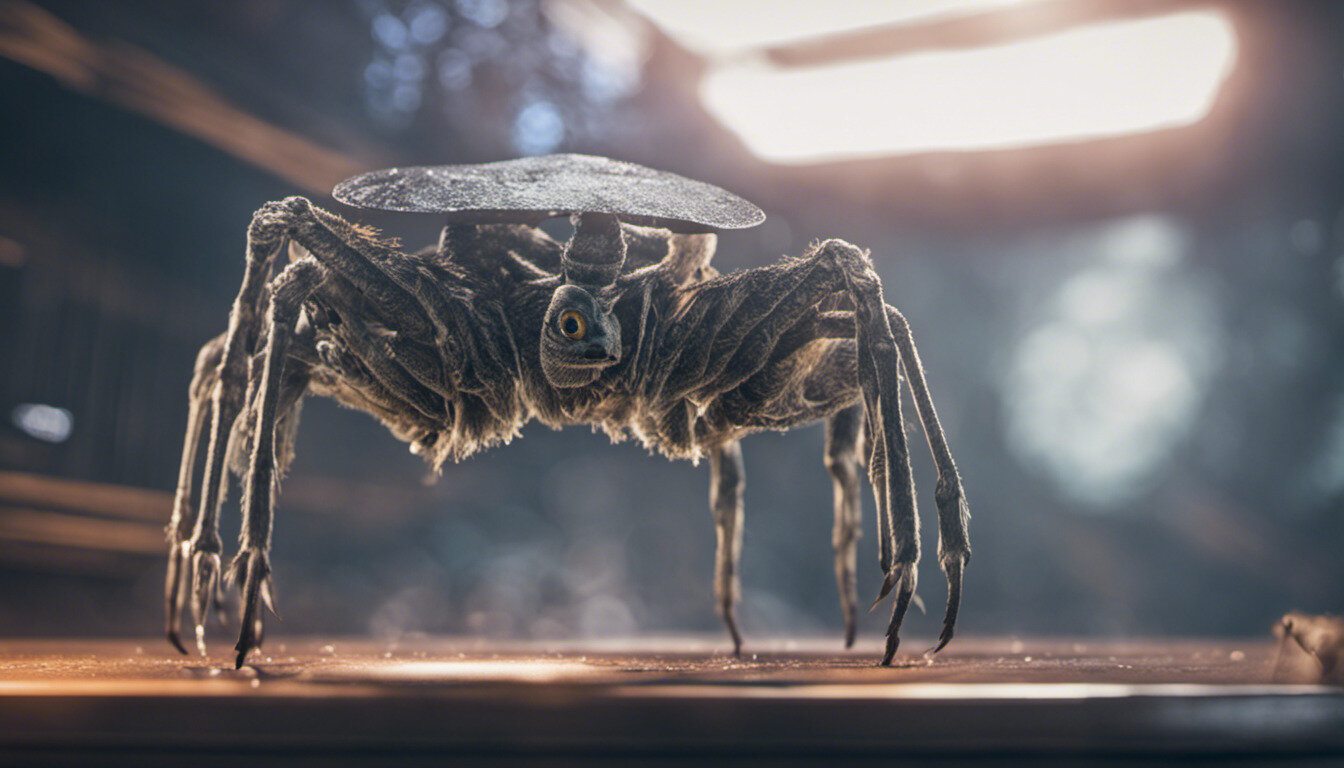Imagine a jungle. It’s probably a lush forest, filled with different bird songs and the hum of thousands of different kinds of insects. Now imagine a tundra: barren, windswept terrain with relatively few kinds of plants or animals.
These two places highlight an interesting phenomenon—that some places on Earth have far more species than others. In fact, the distribution of species across the globe follows a curiously consistent pattern: generally, there are more species closer to the equator and fewer as you move towards the poles. This “latitudinal biodiversity gradient” can be observed across many different groups of organisms over time.
One possible explanation for the presence of more species closer to the equator is that changes in climate from the equator to the poles affects the ability of new species to evolve—a process called speciation.
Our research team at the University of British Columbia turned to unique tools and species to track exactly how climate influences evolution, and what this means for where new species appear. And we conducted this research while we were stuck at home during COVID-19 lockdowns. Our research is now published in PLOS ONE.
The fall webworm is a moth found from Mexico to Canada (a range of almost 4,000 km) whose caterpillars have either black or red heads. While this might seem like a subtle difference, caterpillars with these different colors seem to have different behaviors and appear at different times of the year, and genetic studies suggest that they are evolving into different species.
2023-08-27 08:24:03
Article from phys.org
